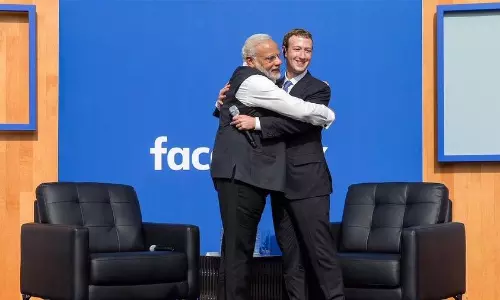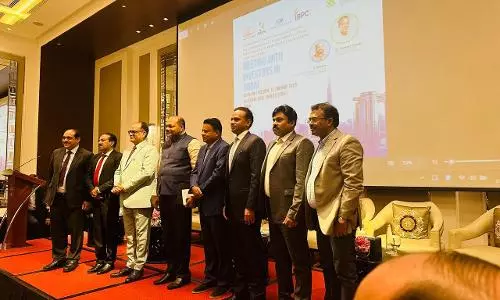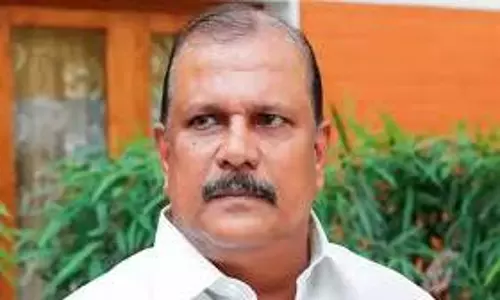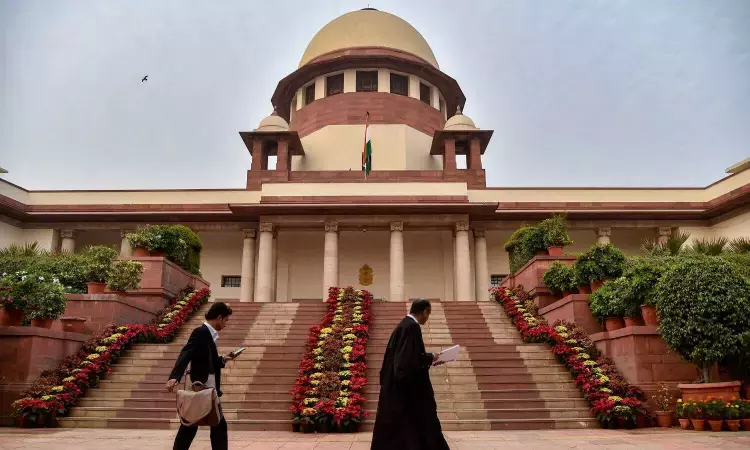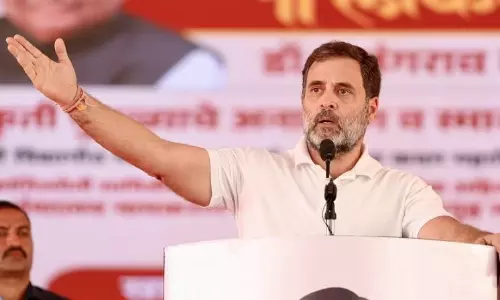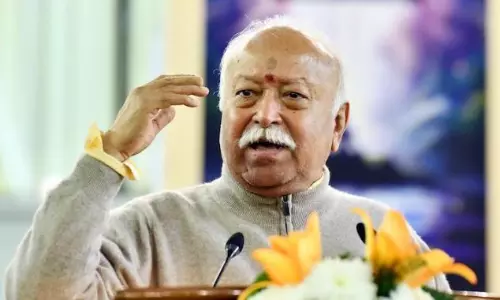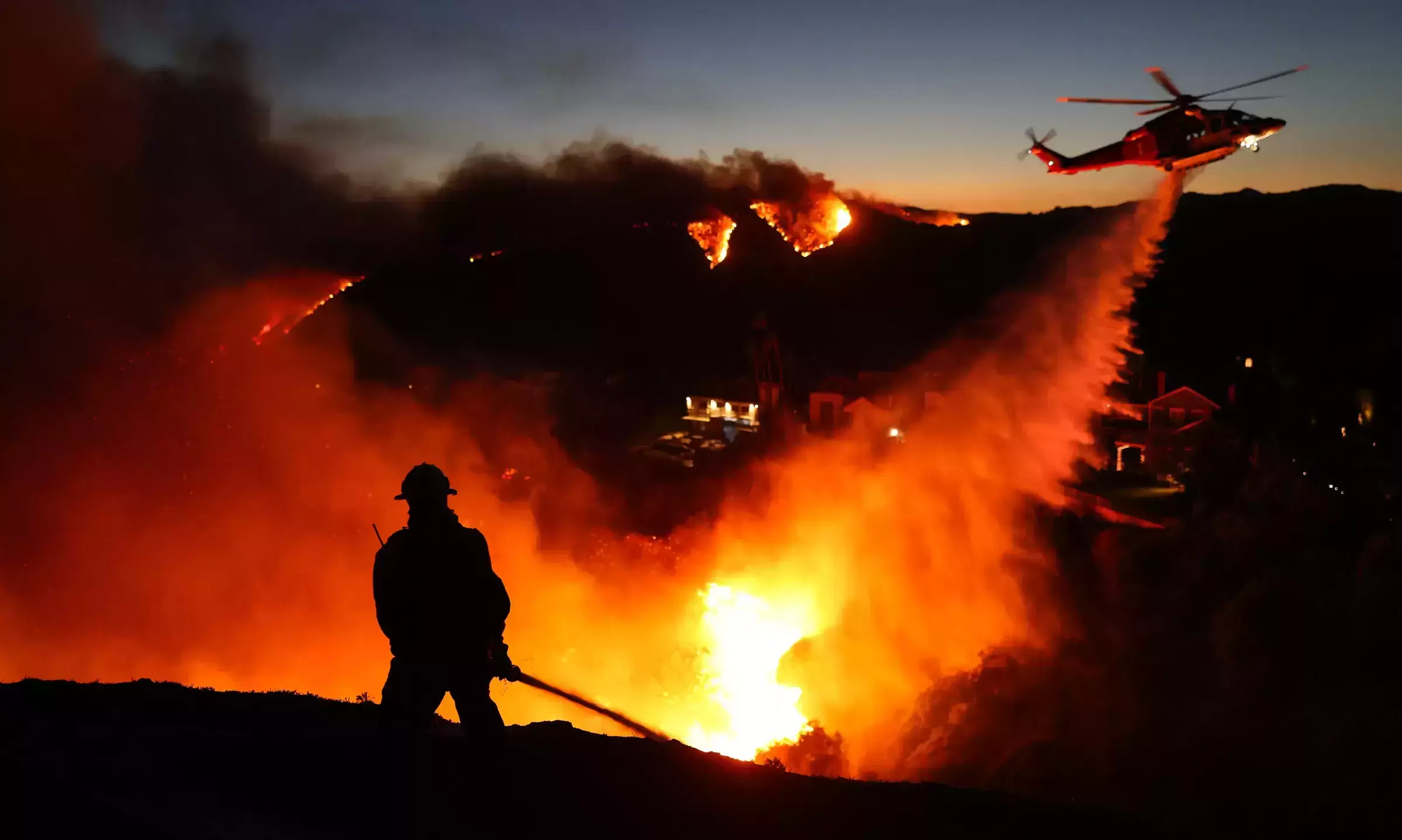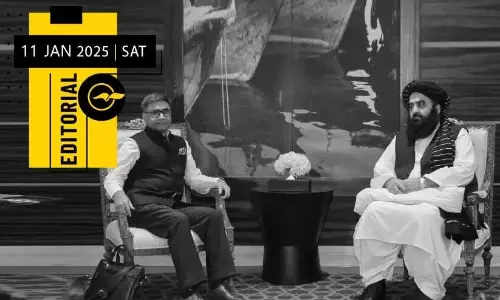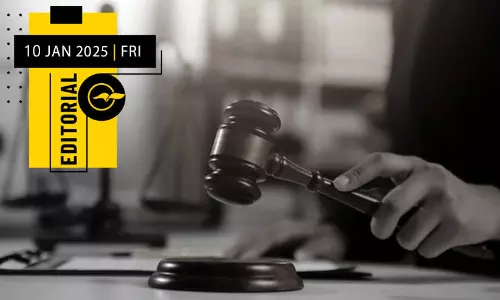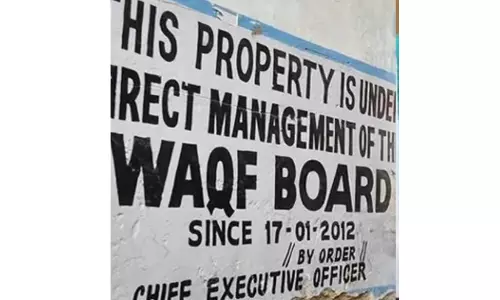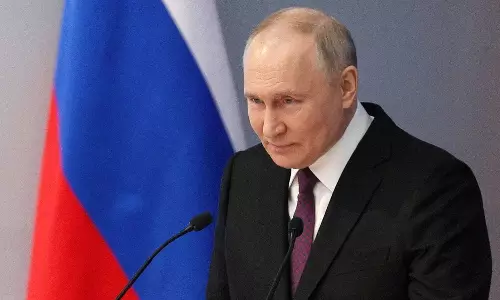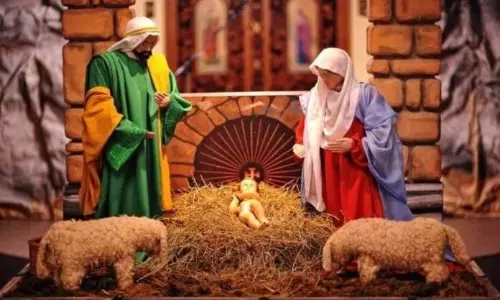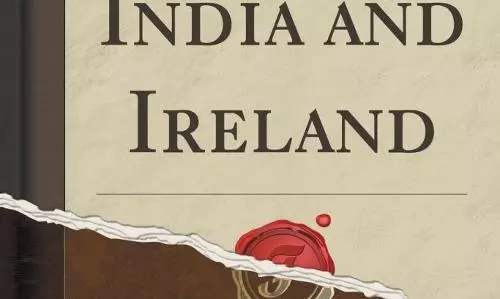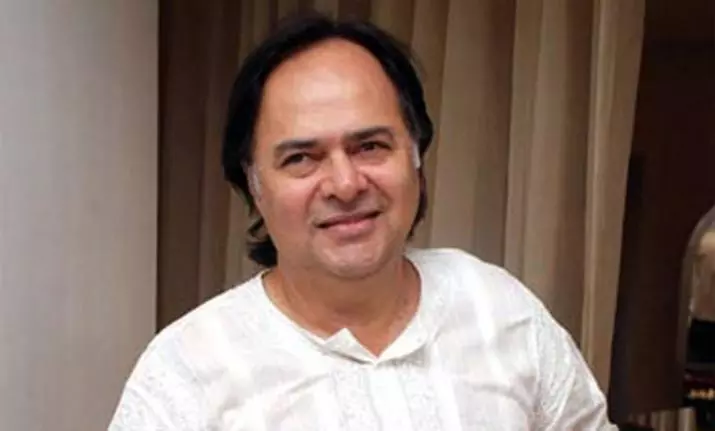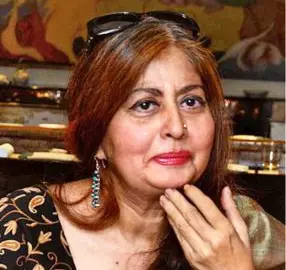
Story, screenplay and direction: Hatred
text_fieldsFarookh Sheikh
For the last couple of days, been hearing several movie-goers' reactions after they watched ‘The Kerala Story’. Well, reactions along the expected strain: “Yeh picture dekh kar Musalmano se darrr lag raha hai !” (After watching this film feeling scared of Muslims!)
Perhaps, the agenda/motive of making such commercial films has been achieved! We have reached such horrifying times when films are being made to portray the Muslim community in the darkest possible hues. Truth and actual-factual factors are getting side-lined in the agenda and mission to intensify communal polarization.
Not happening overnight. But definitely reaching the unthinkable limits now, in these recent years. What, with the right-wing lobbies and vested political interests not just giving the go-ahead and fillip and but much more.
It gets significant to detail that several years back, bureaucrat of the J&K cadre, Parvez Dewan, was one of the first to have researched on what’s portrayed and relayed through Bollywood films and television serials.
And his findings exposed some very harsh truths. According to him: Christians are shown in a particular negative light with their men drunk petty criminals and women in skirts that bare … women with loose morals and the smoking drinking types. Sikhs generally portrayed as well - meaning dullards. Dalits and the tribal community in another shade of the make- believe. Parsis portrayed as silly and old. The Chinese settled in India are usually portrayed as evil and shown as gangsters. Muslims in another set of negatives hovering around them: invariably the villain in the movies and serials equipped with a Muslim name or surname! Muslim men shown in typically ‘Muslim’ attire. They are either old, handicapped, subordinate, sterile, impotent or homosexual. If they are not any of these, then they are producing too many children. Less than 20 per cent of the Muslim men are portrayed as young but even in this category they are depicted not only as backward but as fundamentalists mazhab ke pakke, so much so that many of the opening shots start with a Muslim offering namaaz. Another trend, since the film Tezaab, is the portrayal of Muslim men as terrorising the local population.
I’d met and interviewed actor Farooq Sheikh twice - once in the 90s and then around 2004 - 2005. He had lashed out to the wrong portrayals of Muslims in the Bollywood films. “Film makers in Bollywood have little concern to show the actual and real haal and halaats that an Indian Muslim is going through…the actual condition of the Indian Muslims…Film-makers in Bollywood have big budgets but little sensitivity towards relevant issues. Today cinema has become a commodity to be sold. Community perceptions in our films have always centred around stereotypes: the Christian character is a girl dancing or wearing short skirts, with ample indications that she's a fast girl. The Parsee is shown as blundering. The Sikh is either a soldier or eating parathas. In the case of Muslims, the characters are hardly believable. Why do they portray the Muslim man to be wearing a lungi and a vest or as a ghaddar! Sometimes, as an exception or token, one of them will be shown as patriotic so that the entire community is not misunderstood. The other stereotypes — with 300 adaabs in one film and women wearing ghararas or cooking qormas — are also absent in an average Muslim household.”
He’d also said that Bollywood was no place for sensitivities: “Film industry and film making is just a dhanda today …sheer money making thing, so all this doesn’t really bother them…Today there are no film producers like K Asif, Guru Dutt, Bimal Roy, Mehboob Sahib…Mehboob sahib had no money yet his passion drove him to make films. And Bimal Roy lived in a rented accommodation all his life. Or the fact that it took M S Sathyu 20 years to repay the debt he took to make Garam Hawa. That level of commitment and passion and sensitivity is missing in today’s film producers.”
Getting back to the blatantly wrong, bizarre and lopsided portrayal of the Muslims, there seems to be no end to the myths and misconceptions in circulation about the Indian Muslim. Gaining ground are the weirdest possible notions of the ‘other’: Muslims violent and brutal, dangerous cum terror striking, over-sexed, marrying 4 times and producing 40 children …or they don’t bathe, played little role in the Freedom struggle, did not suffer during the Partition, their loyalty to the country is doubtful, they are pro- Pakistan!
And where’s the interaction between families of Hindus and Muslims to go beyond the hear-say. The Partition tearing away, at least from North India, the upper crust, so obviously lessening the chances of interactions. Also, today deep divisions and extreme polarization has hit us as never before.
Not to be overlooked is the vital fact that in today’s polluted atmosphere where are the occasions for any of the interactive sessions between the Muslims and non-Muslims to get-set-going to clear the communal poison around! After all, you get to interact with each other only when you are on par. A middle-class Hindu and a Muslim can only talk or walk or eat together if they are living in the same block or in the opposite building, or working or studying together. But with lopsided ratios on these fronts, when and where to interact with each other! And not to overlook moral policing brigades and the private senas unleashed in several States to thrash Muslim men if they dare to befriend Hindu women.
Also, not to overlook the wild theories that Muslims are ‘appeased’ by political parties. This bogus propaganda only complicates and compounds the situation. In fact, in contrast to the appeasement theories, the stark truth is that a great majority of Indian Muslims have faced at least one if not more humiliating experiences because he or she happens to be a Muslim.
Needless to say that there should have been an immediate halt to these myths and misconceptions about the Indian Muslims. The ministries and commissions concerned should have countered these but there seems no apparent measure taken to control the damage, even as myths and misconceptions in circulation are gaining ground.
If only all possible myths and misconceptions about the Muslim community could stand corrected then communal divides would automatically settle, but seemingly the rulers of the day do not want the divides to dwindle. For then, political strategies would flop!




